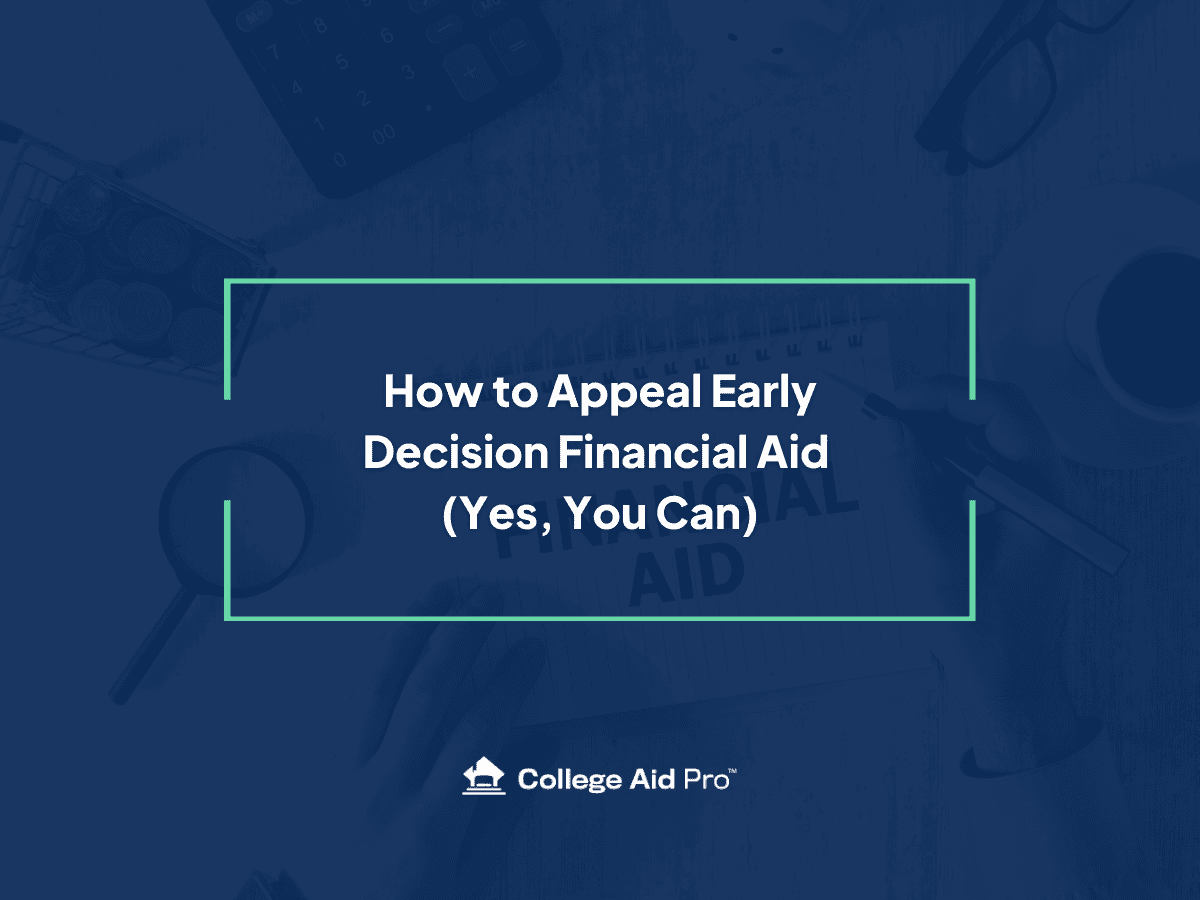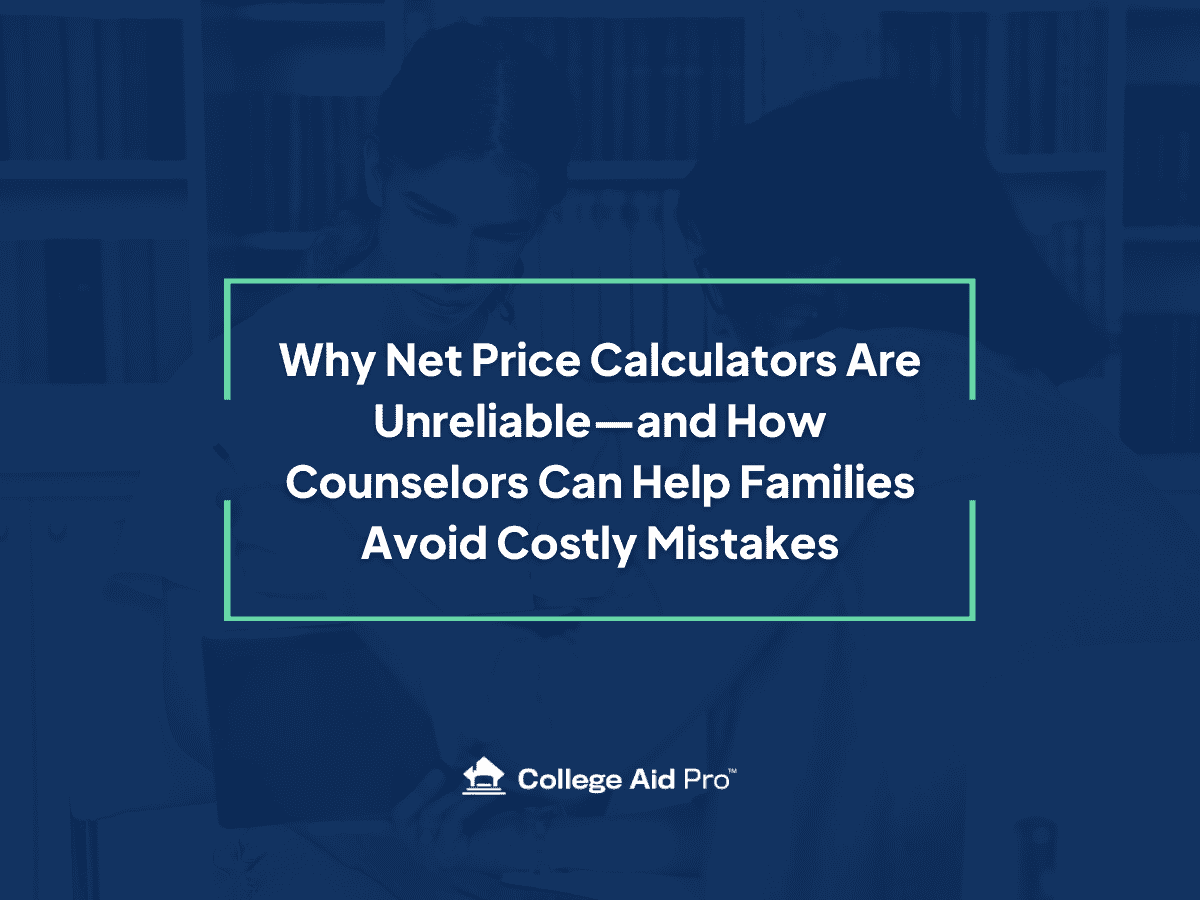 Understanding the different types of college application deadlines
Understanding the different types of college application deadlines
If your student is just beginning their college admissions journey, you might think there’s only one deadline to pay attention to when applying to a school. There are actually a few types of college application deadlines and the deadline your student chooses impacts when admission decisions are made, how much time they’ll have to finalize their offer decision, and even how many schools they can apply to under a specific deadline requirement.
To help you and your student better understand the different deadlines, this article outlines the four types of admissions deadlines your student might encounter, what they mean, and pros and cons of each deadline type for your student. It may benefit your family to utilize all four, just one, or any variation in-between.
What are the different college application deadlines?
College application deadlines are broken out into 4 different groups: Early decision, early action, regular action, and rolling admission. Although each university has different specific deadline dates, below is a chart of general deadline and admission decision times that correspond with different application deadline types. Remember to always follow specific dates given by the university on their website and/or provided by the admissions department.
| Application deadline | Admission decision | |
| Early decision (ED) | Early to mid November | Mid December |
| Early action (EA) | Early to mid November | Mid December |
| Regular decision (RD) | Early January to mid February | Mid March to early April |
| Rolling admission | Varies | 4-6 weeks after submission |
LEARN MORE: What You Need to Know About College Application Season
Early Decision
Early decision (ED) application deadlines typically run from early to mid November, giving students an admission decision time around mid December. The early decision deadline is generally ideal for those who know they have their eyes set on a single dream school, know they can afford to finance their education there and want to know about this school as soon as possible.
As an early decision applicant, if you are accepted, you must attend the school. This is called a “binding decision.” Most early decision applications come with a signed agreement stating that, if accepted, the student will go to this school. Your student’s high school counselor is usually asked to sign that agreement as well, vouching for that student and family’s commitment.
You can only apply to 1 school as an early decision applicant.
Your student can still apply to other schools as an early action applicant at this time. However, if your student is accepted to their early decision university, they must formally withdraw their applications from the other schools.
We only recommend early decision applications if your student is completely convinced that X university is without a doubt their top choice, and where they will attend if they are admitted. We recommend significant research, college tours and/or attending a University Summer Program, and a deep dive into the affordability of any college your child decides to apply to as an early decision applicant.
Run all the numbers for the school, contact the financial aid department of the school and ask if they will do an “early read” to give you a solid estimate of what your college bill would look like based on your financial situation. Use the MyCAP net price calculator and see what we estimate your expenses versus financial aid from the institution to look like.
DO NOT expect to “figure it out” after you are accepted early decision. The school financial aid departments expect you as parents to have done your homework and be willing to pay the bill.
Early action
Early action (EA) has similar deadlines to early decision, without quite as many “strings attached.” This means, your student can still apply early and receive their decision letter before regular decision deadlines without the restrictions and binding agreement associated with the early decision option.
You can apply to multiple schools with an early action deadline and you are not bound to attend any of the universities that accept you under through your early action application. You have until May 1 (typically) to make the decision on where to attend by comparing financial aid offers, and taking time to really decide what their right fit is.
Because early action applications follow deadlines similar to early decision, your student will have to be on top of all the requirements to applying in the fall as opposed to later in the school year. Applications must be completed, essays written, teacher recommendation letters secured, and standardized tests taken and scores sent to the universities (if you are submitting test scores.)
Applying early action means just that; everything is due EARLIER. If your student is interested in applying early action to any schools, take advantage of the summer months to get prepared for fall deadlines.
Some students choose to hold off on early action applications if they would like one more round of grades on their high school transcript before applying to school. Many early action applications look at high school transcripts only through your junior year of high school. When you apply regular decision you may have the opportunity to share your grades from the first semester of your senior year with on your college applications. For some, this may mean higher grades or a boost to a GPA.
Regular decision
Regular decision deadlines usually fall between early January and mid-February and students typically hear back from universities mid-March to early April. This means, compared to early decision or early action, your student has a lot more time (and likely some school breaks) to complete their application(s).
They also have more time to bring up their GPA with fall semester classes senior year. If your student is submitting test scores, this allows for another round of an ACT or SAT as well.
While students hear back usually in early spring, decision deadlines are still the same as early action, May 1st. This means your student will have less time to make their final enrollment decision by the deadline.
Rolling admission
Rolling admission means admissions offices review applications as they come in, and can send decision letters faster because they don’t have to pad for a large influx of applications. The rolling admission deadline varies for many schools and can range from December to April, sometimes without a true completion deadline at all.
Check with the school’s admission office to see if there is a priority deadline for rolling admission before applying, especially if it is at a school your student has high on their list. Some priority deadlines with rolling admission are linked to honors colleges or program, or even merit money. No one wants to miss out on “free college money!”
You can expect to hear back from a rolling admission application within 4 to 6 weeks, which is markedly faster than the regular decision turn around. It is still probably a good idea to apply on the earlier end, as spots can and do fill up for schools. Rolling admission schools may not have a set deadline, but they do have a set number of freshman class openings.
Don’t wait until late spring to apply to a rolling admission deadline if it’s a school you are really interested in attending – once a school reaches their enrollment limit, they won’t accept any more students, and the best you can hope for is a spot on their waitlist.
What’s best for you?
College application deadlines can be complex and at times confusing. Understanding the different college application deadlines, what they mean for your student, and how to best utilize them to your advantage can help you and your student when going through the application process.
There is no one “right way” to handle college application deadlines. Sit down with your student, go through the list of colleges they plan on applying to and figure out which deadline works best for each school based on your student’s credentials and your family’s financial situation. And make sure you keep track of all the different due dates!!
If you’re confused on what college application deadline is best for your student, or would like individual help comparing acceptance letters (or anything in between), our team is here to help. Our College Air Pro experts are here to help you with anything from application strategy, form completion, appeals, paying/borrowing options, and more. Learn more about how to get individualized guidance for your student’s entire college application journey so your family doesn’t miss an opportunity to save thousands.



